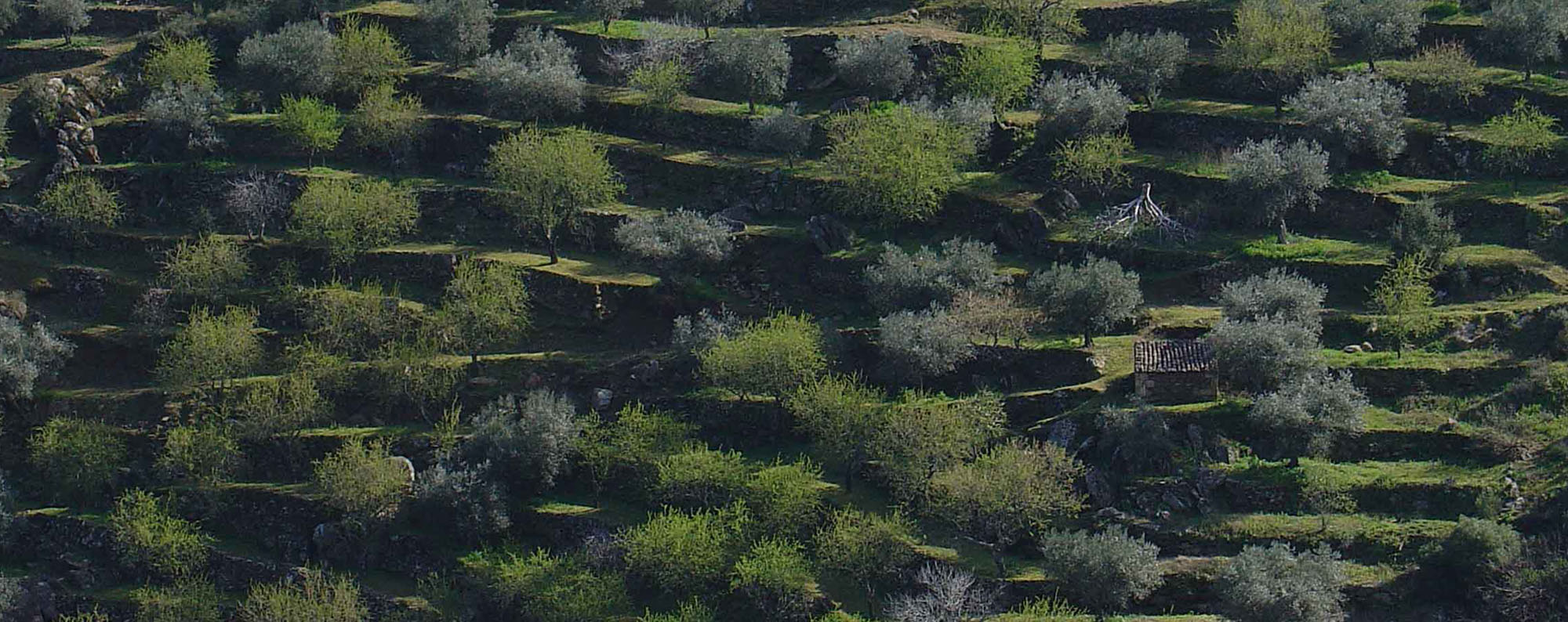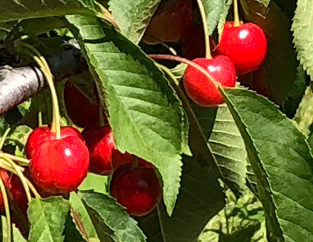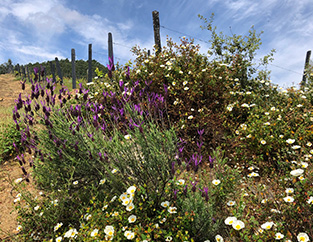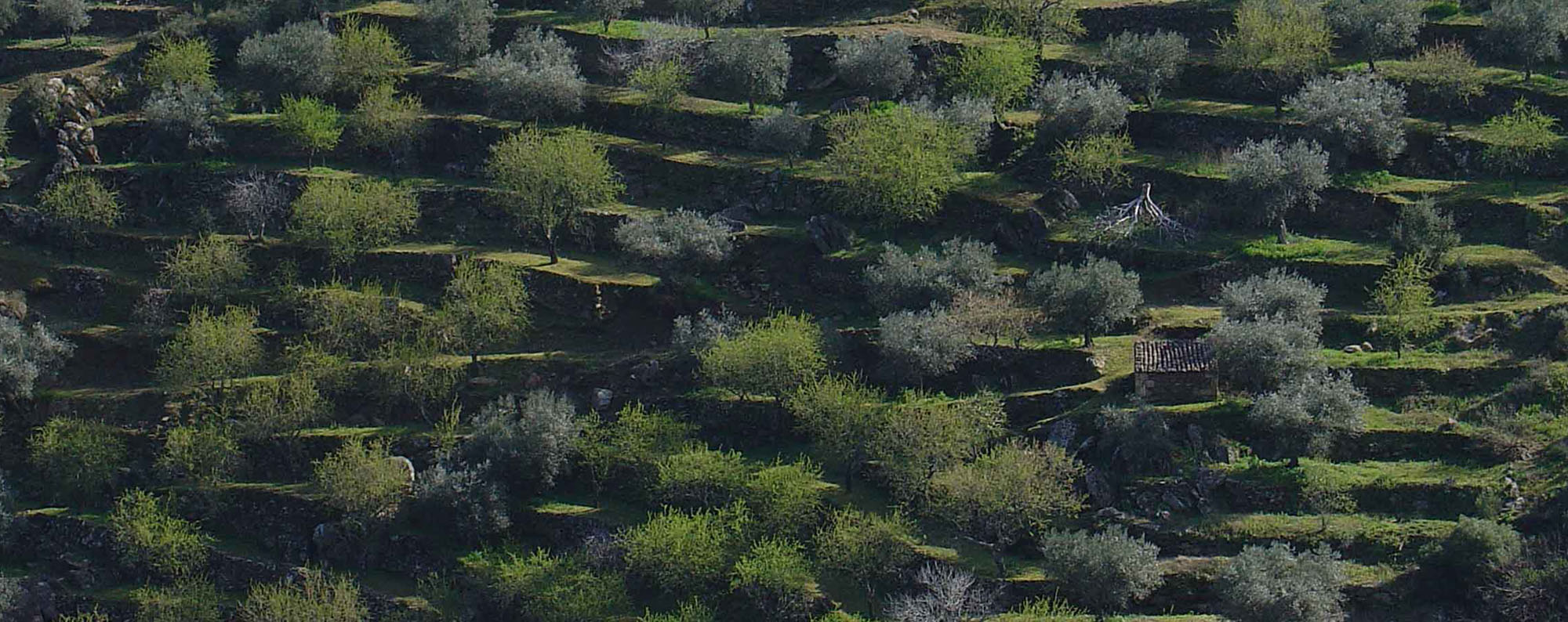
WILD VINES
Farming practices at Quinta Vila Rachel
At Quinta Vila Rachel, we strive to produce grapes as wild as possible, albeit in a controlled manner. We are well aware that the vine, in its natural environment, doesn't grow in neatly aligned rows like conventional vineyards. Instead, the vine is a climbing liana that uses other trees to ascend and entwine. Since this method is impractical for grape production, systems of row planting began to develop. Despite this, we insist that our grapes are cultivated in an environment as close as possible to the wild vine.
Our first rule is to allow spontaneous vegetation to grow freely. This unbridled growth of vegetation creates a biodiversity-rich environment, attracting a vast array of animals and microbes. These contribute to establishing a strong and complex food chain, enriching the soil to produce the highest quality grapes possible. (1) (2) The second rule is never to plow the soil, as this would destabilize and destroy the microbial community that took years to establish. (3)
REGENERATIVE AND SUSTAINABLE FARMING
Farming practices at Quinta Vila Rachel
There are two ways to approach agriculture in this world: one that is merely exploitative and the other that is both exploitative and regenerative. At Quinta Vila Rachel, all agricultural practices are primarily aimed at soil regeneration, meaning that what we extract from the soil is returned with interest in a completely natural and sustainable manner.
For us, the practice of fertilization is crucial to achieving healthy and nutritious harvests. Therefore, we do not use any artificial fertilizers to nourish our crops. Instead, we employ a technique that we consider the foundation of all our agriculture: soil covering or "mulching." (1) (2) Well-executed mulching can provide all the nutrients that a crop needs to be productive and nutritionally rich.
In this way, we cover the soil around all our trees and plants with various types of biomass found on our property, from dry leaves to tree pruning remnants. This process can be done in three different ways:
THE AUTHENTICITY OF OUR PRODUCTS
an insight into our attitude towards our place.
When we plan the agriculture of our estate and the subsequent processing of what the land provides us, one of the main values that guide our path and strategy is the concept of "genuineness." What do we understand by this concept? Quite simply, we design everything to express the most characteristic aspects of our estate and the natural place it occupies. For us, "genuineness" is about showing, through a simple food item that grew from the earth, all the characteristics of the place from which it comes. It's about expressing the soil, the amount of sun, rain, and wind experienced in a particular year. It's about expressing the spontaneous flowers that release essential aromas into the air. It's about expressing all the work that animal and microbial communities in the soil produce. It's about expressing the birds, squirrels, and wild boars that pass by and are essential to the entire food chain of this place. In short, expressing "genuineness" is expressing the purity of the place where we live.
For this compelling reason, we have adopted agriculture based on agroecological procedures that nourish the land in the best possible way, giving back to us rich and nutritious foods. We have decided to avoid adopting industrial agriculture methods that use and abuse the soil as if it were an infinite mine (which it is not), exploiting its nutrients to exhaustion, and killing all microbial life in the soil due to the use of pesticides. Instead, by adopting agroecological practices, we regenerate and nourish the entire foundation from which food comes—the soil.



